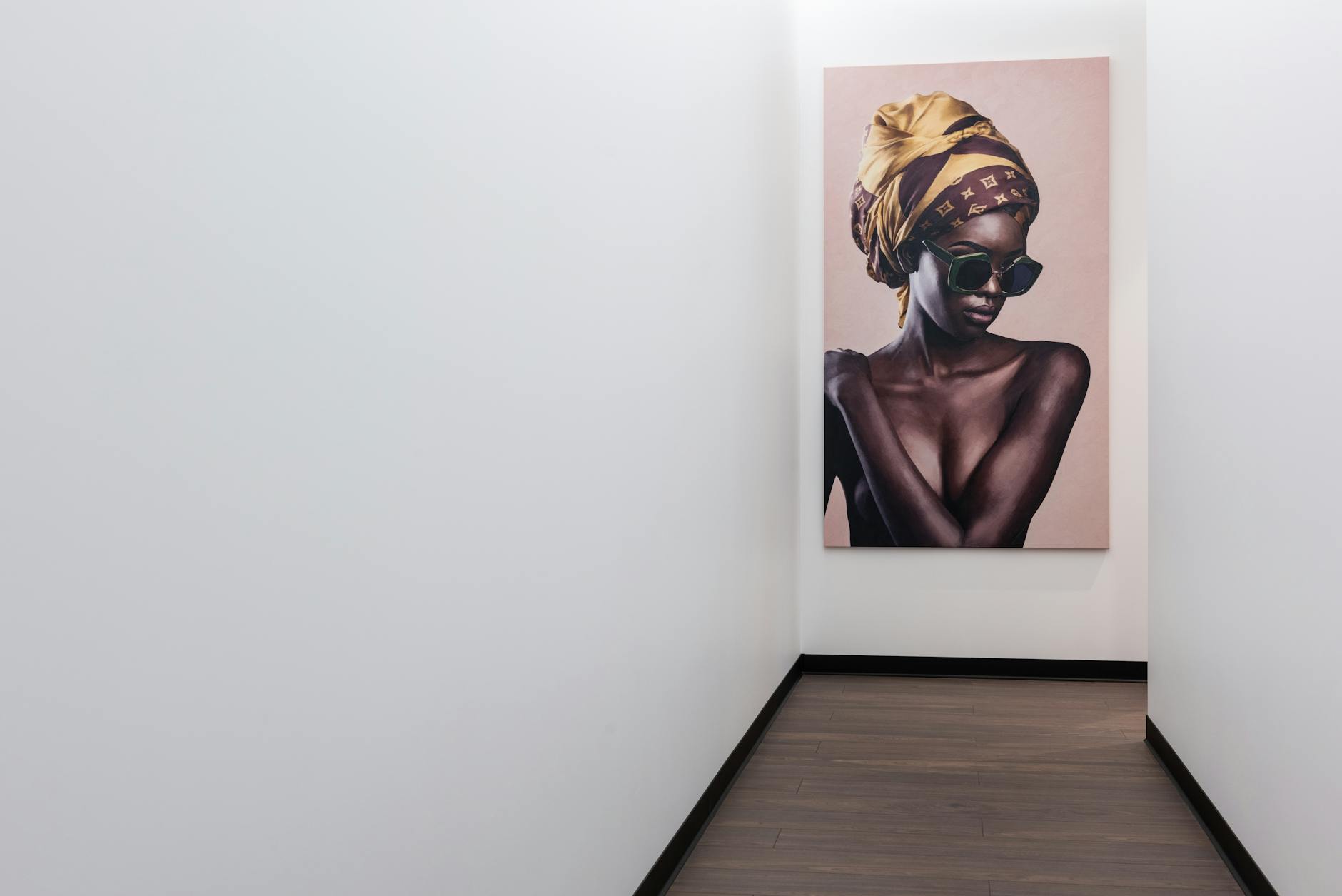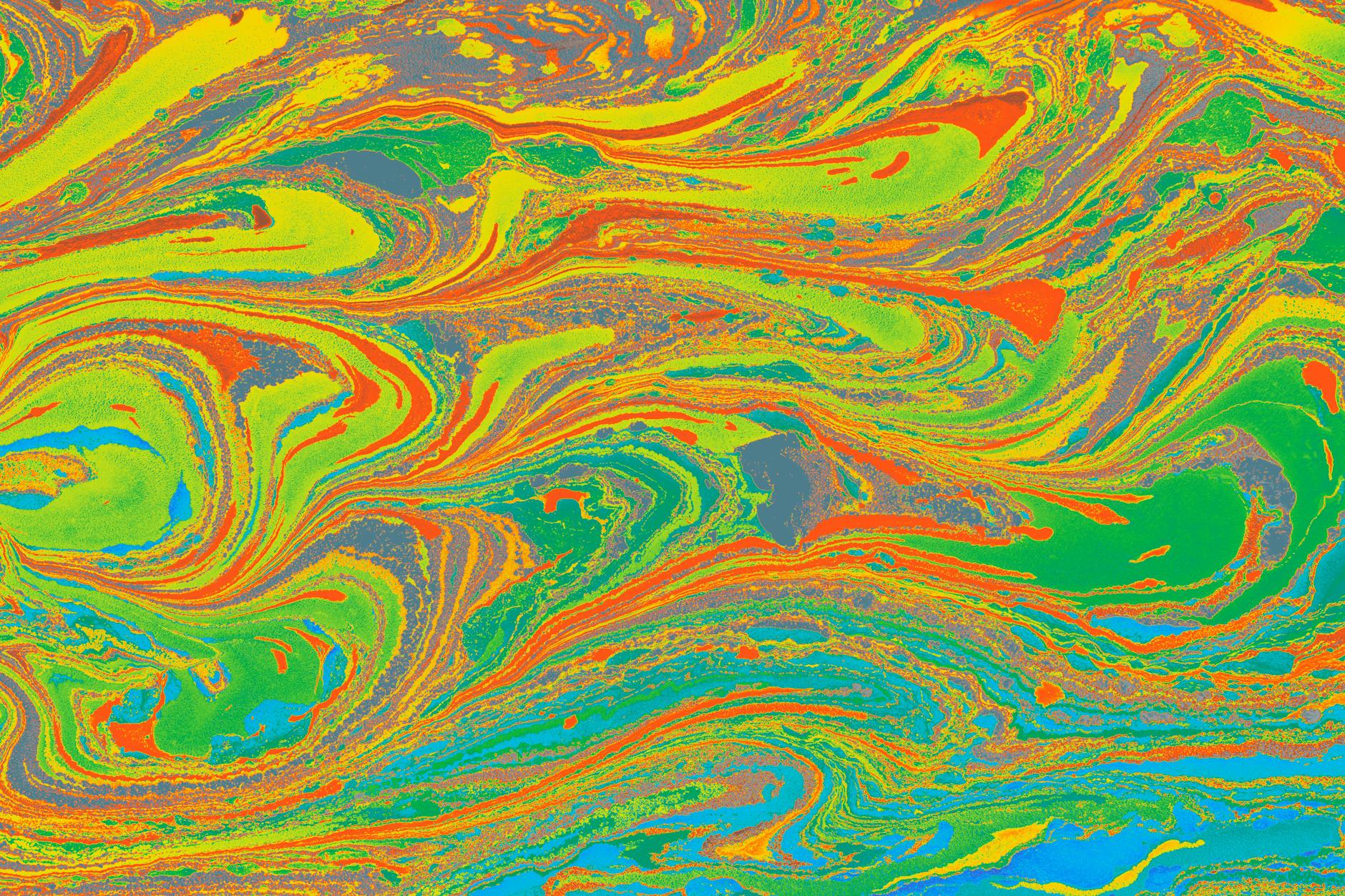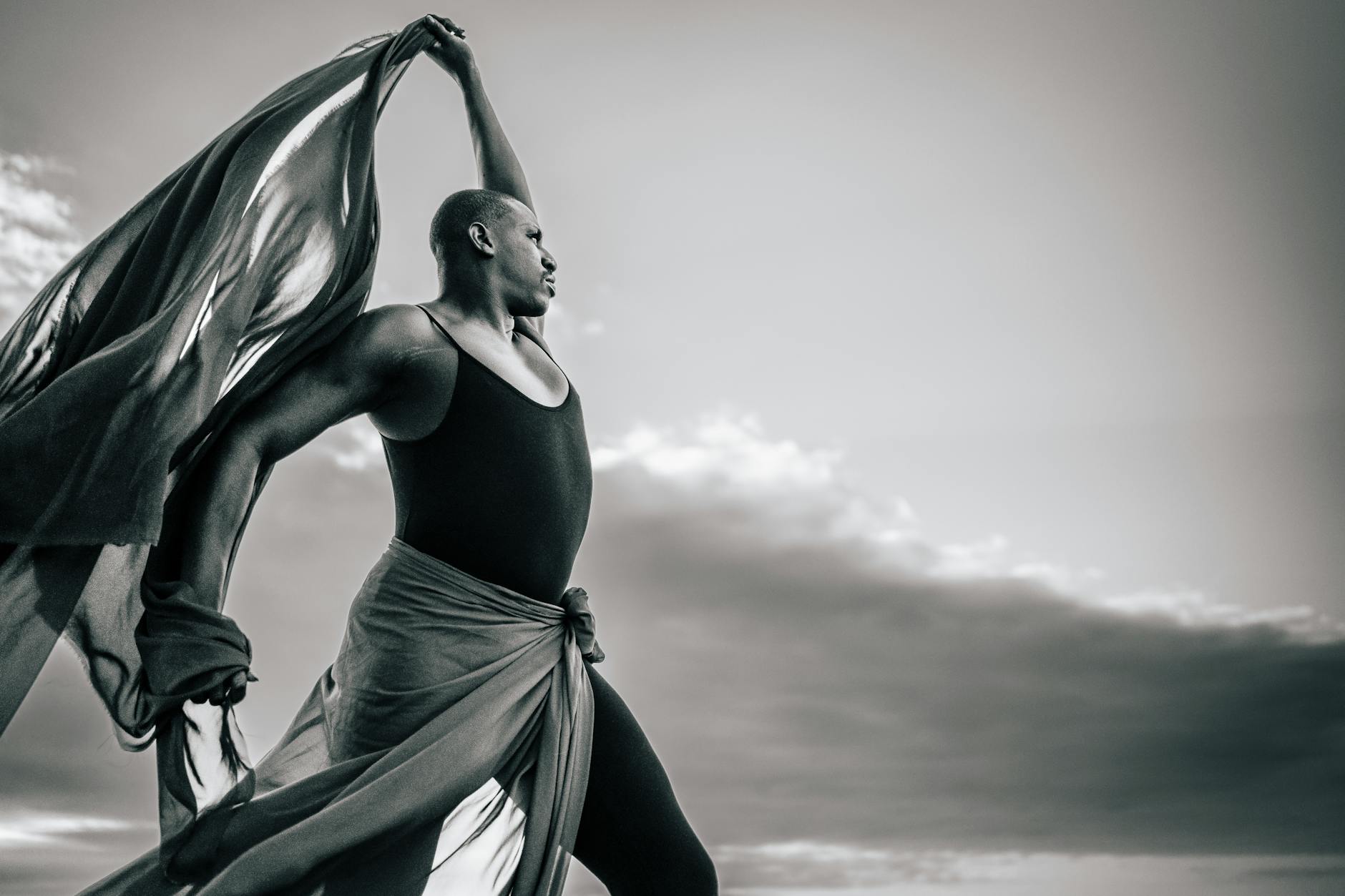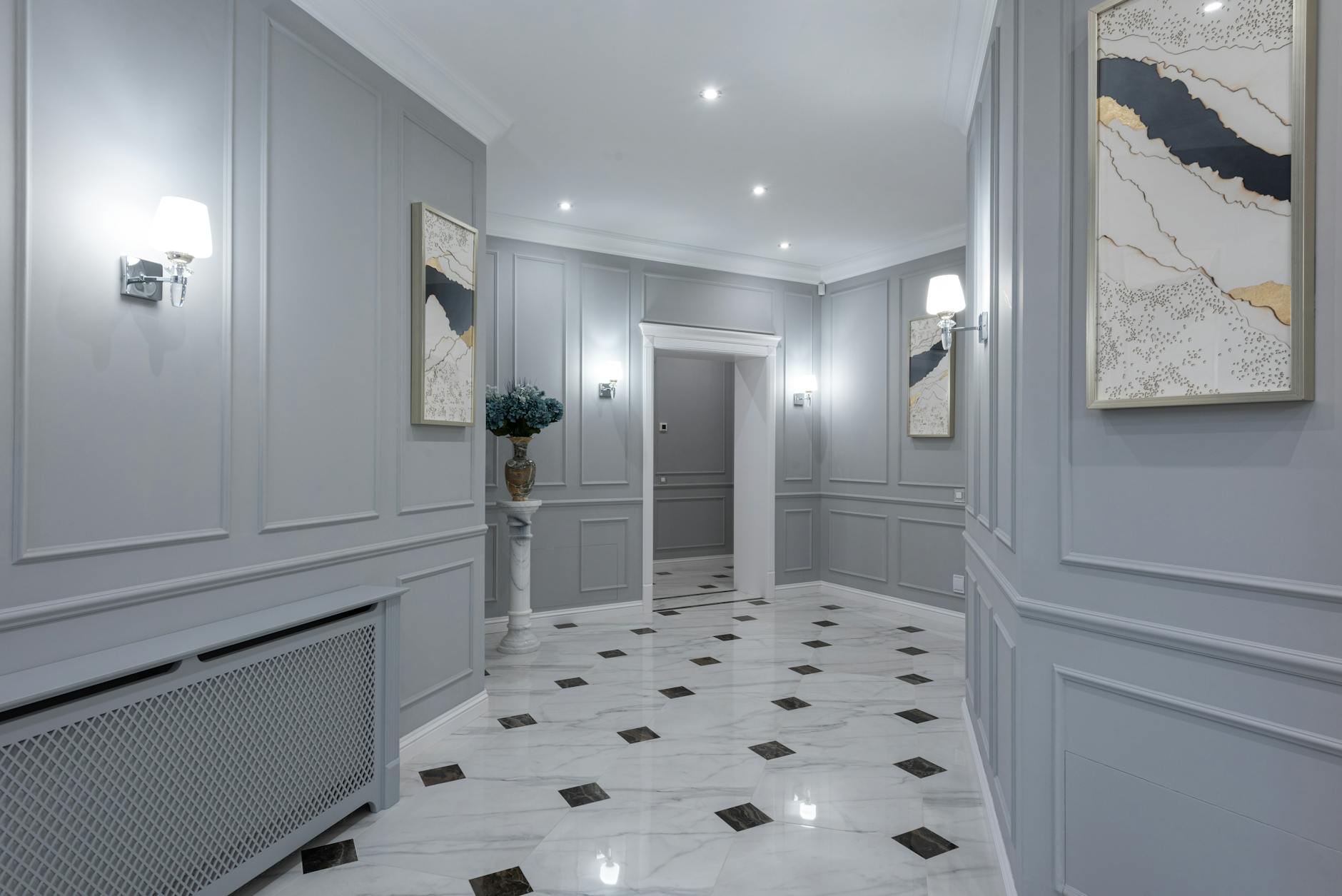Throughout the course of history, art has served as a powerful medium for the expression of the human condition. Within this vast spectrum of creativity, the Psychedelic Illustration and Visionary Art Movement have gained a unique standing, championing the exploration of spirituality, metaphysics and altered states of Consciousness Expansion. These movements have transformed the art world, incorporating luminous colors, intricate detail, and multidimensional, complex compositions to communicate profound psychological and spiritual messages. Several names have emerged as icons of this movement, including Alex Grey, Salvador Dali, Robert Venosa, Android Jones, Ernst Fuchs and Amanda Sage.
Alex Grey’s works frequently illustrate spiritual themes, providing a window into the ethereal realm and mysticism. With an emphasis on life, death, and in-between states, Grey’s compositions reflect an intimate exploration of the human psyche and spiritual transformation. Take his famous painting, “Net of Being,” which offers a divine representation of interconnectedness and universality, embodying a quintessential meditation on existence Alex Grey.
Surrealist artist Salvador Dali, often considered an early harbinger of the psychedelic art movement, incorporated unconscious symbolism and dream imagery in his art, disrupting the conventional notions of time and space. The Persistence of Memory, one of Dali’s most iconic pieces, depicts soft, melting pocket watches and is thought to symbolize the erratic passage of time experienced while dreaming Salvador Dali.
Robert Venosa, a student of Ernst Fuchs, was renowned for his mastery of the Mischtechnik—a complex method involving the application of several layers of paint and varnish. His works, imbued with spiritual and mystic symbolism, often depict otherworldly beings and realms. Planetary Healing, a piece showcasing celestial beings floating amidst a cosmic backdrop, offers a dreamlike commentary on cosmic unity Robert Venosa.
Arising from the Digital Art world, Android Jones is a modern visionary bringing a unique twist to the genre. His artwork often combines elements of spirituality and technology, resulting in breathtaking digitally rendered pieces that are truly a spectacle. “Phadroid,” a digital painting featuring a complex pattern of swirling colors and shapes, showcases his signature style Android Jones.
Ernst Fuchs, considered the father of the Vienna School of Fantastic Realism, created intricate fantastical imagery inspired by religious art, psychoanalysis, and mysticism. A classic example is his painting “The Game of Chess,” where the surreal scene brims with symbolic representations Ernst Fuchs.
Lastly, Amanda Sage’s work is characterized by its visionary quality, weaving intricate narratives and unveiling deeper layers of perception. One of her well-known pieces, “Gaia,” represents the earth as a nurturing entity, communicating the interconnectedness of all life forms Amanda Sage.
These artists, each employing their distinct techniques and styles, merge spirituality, consciousness, and artistic expression. They explore the mystical depths of existence, provoking thought, igniting imaginations, and expanding the boundaries of conventional art through their iconic psychedelic and visionary works. Their contributions have undeniably left a profound impact, not only in shaping the Psychedelic and Visionary Art Movement, but also in challenging our perception of reality and consciousness itself.
Art can be seen as a mirror—reflecting societal attitudes, exploring existential truths, and providing profound insights into the human psyche. Psychedelic and visionary art add a new dimension to this exploration, offering a kaleidoscopic lens through which we perceive the world. The artists mentioned above are pioneers in this field, leveraging art to probe the depths of consciousness and create art that stands testimony to the human mind’s boundless potential to dream, explore, and create.







